collaboration
L.Hosaluk + A Fauvre
Laura Hosaluk and Ashle Fauvre were paired up as collaborators to engage with the canniballot through the lens of their respective practices. Laura, born and raised in Saskatoon is a sculptor who uses primarily found natural materials to explore ancestral histories through form-making and site specific interventions. Ashle is a licensed architect in California with a background in art history who has been working on ongoing experiments with earthen materials to find poetic and functional forms for natural cooling and microclimate enhancements. Laura and Ashle worked on distinct explorations concurrently, while also engaging in dialogue about the land. Both explorations began with the digging of a large pit in the backyard.
Artifacts
The artifacts generated by their collaboration can be viewed here:
Recipe Brick 1 and 2
cannibal lot reflections
The Pit Zine
Dialogue
The following dialogue came out of the artists explaining their process.
Laura
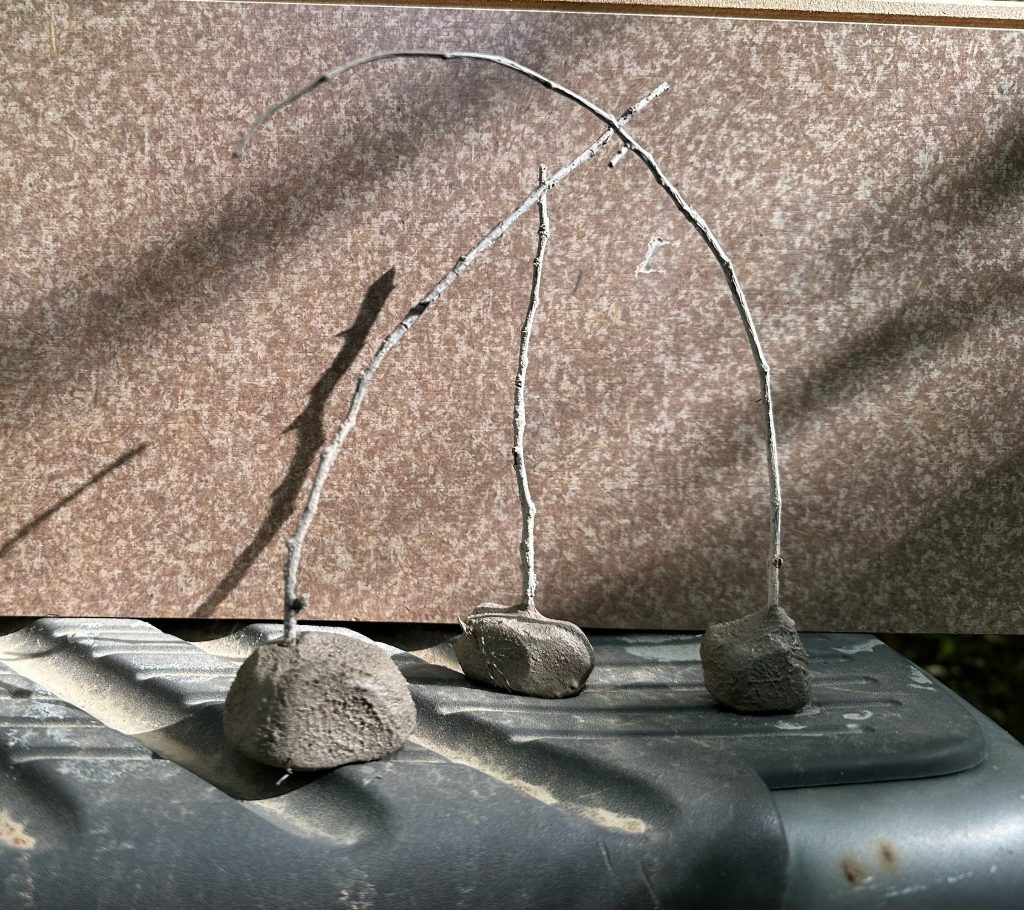
Frequently, my creative process is driven by sudden impulses.
If I am aware of my surroundings, something magical occurs…These experiences tell me I am on the correct course to getting to that original spark that ignited the original idea.
In my process, I find I create best when there’s no doubt.
This process can go on for months, during which I push myself to understand, trust, and appreciate my inner self. Showing up to make the work allows me to devote time and energy to developing these ideas, which usually allows me to express myself better.
Now I have to walk away from this, returning adjacent to the edge. The tenderness of living in an in-between place.
Ashle
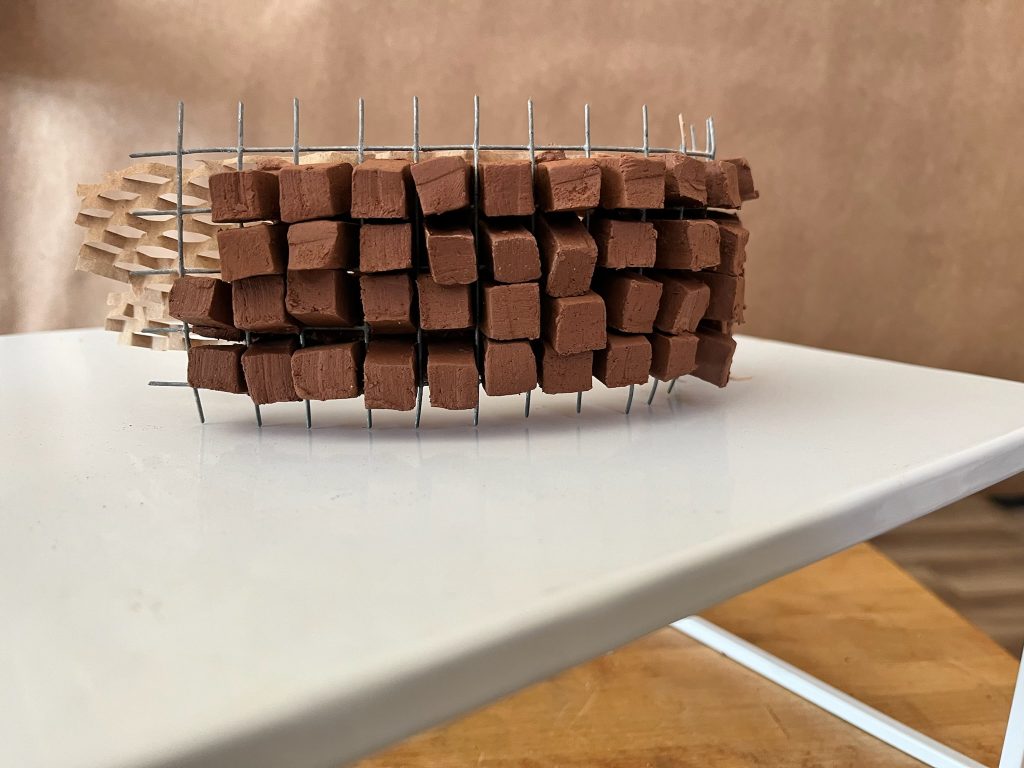
–I like to find a perspective with a view. Like navigating backcountry, looking for traces of streams and clearings between groves of willow, I like to read the landscape before beginning. Once I understand where I am, the response flows from me.
–Awareness –of light, temperature, angles of shadows, humidity, wind– focus and give form to the response. Awareness through meditation allows information to settle into place. Awareness through connection to natural systems can be transcendent and the making must pause in deference to the experience.
–It can be easy to find a willow thicket and become mesmerized, losing the way out. To tap back into the flow I refer to the map and a triangulating reference point like a friend or fellow creative producer. Is it better to tunnel through or to go around? You can only try one thing at a time by yourself. If it isn’t working, it’s time to try something else. Are the tools sharp enough to cut through? Or should this not be cut?
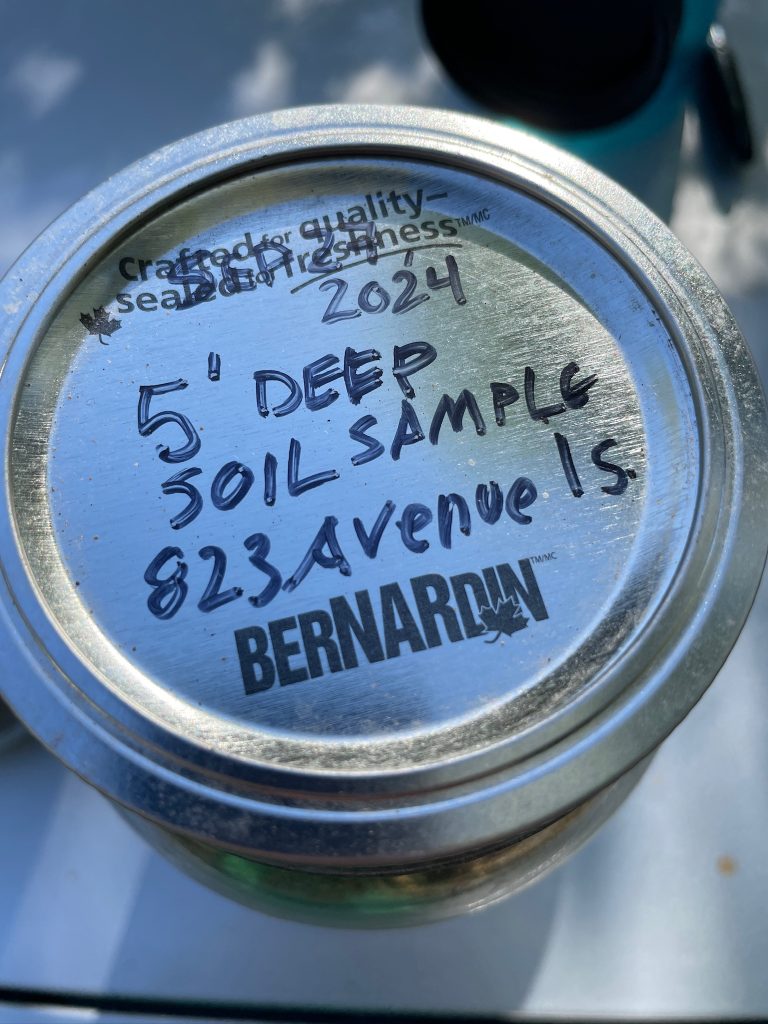
–I love a good schedule. Something different every day with a gentle spiraling forward through time. I like mile markers and monuments. It takes time and patience to grow. It also takes distraction and shifting focus to see new sides of things. Worry about it, but also don’t worry so much. Let it run its course, and let it go.
Now I have to walk away from this,
Ashle
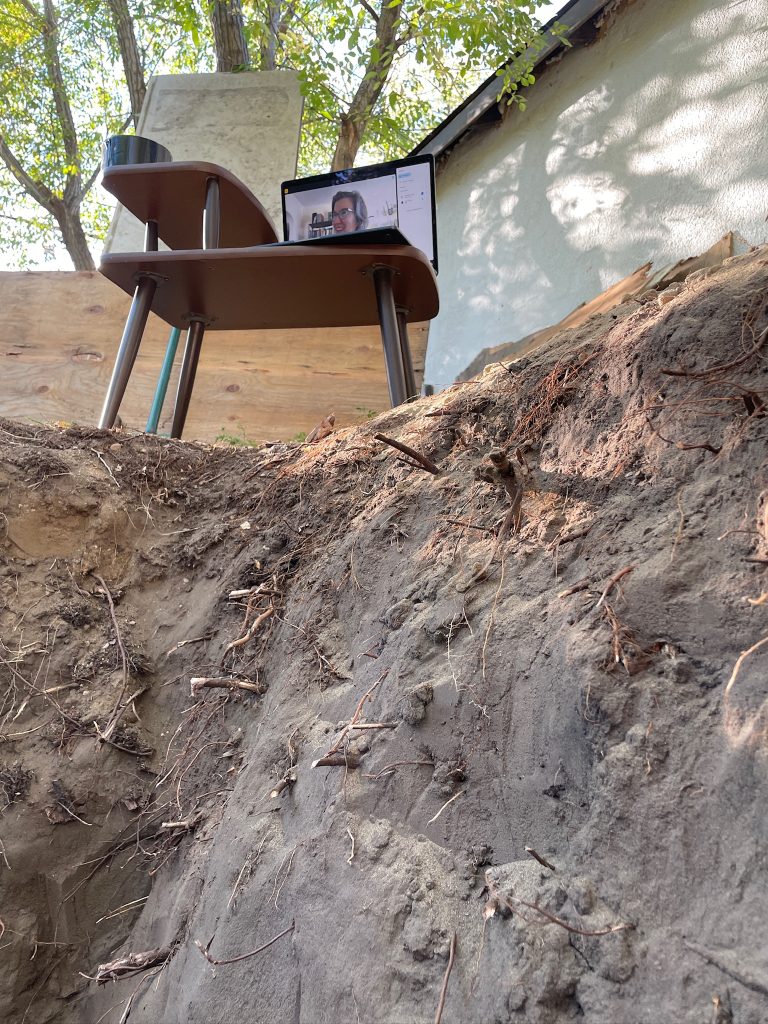
I’ve never been to Saskatchewan. From satellite imagery, I studied how rivers and then dams created deeply grooved contours in the prairie landscape. These water filled depressions provide an edge for settlement. I consulted Geotechnical studies identifying the continuing movement of the river even under the settlement, where rifts and caving require remediative action. Things are shifting under Saskatchewan.
We decided to dig a pit to see what is down there, and then respond. By looking closely at the raw earth of the site itself we found an approach for this project:
Would it be feasible to bring the ground (as in earth, ground plane, and figure-ground) into radical dialogue with the old structure and the future shelter?
The Cannibal Lot has weary bones and is aching to go back to the earth.
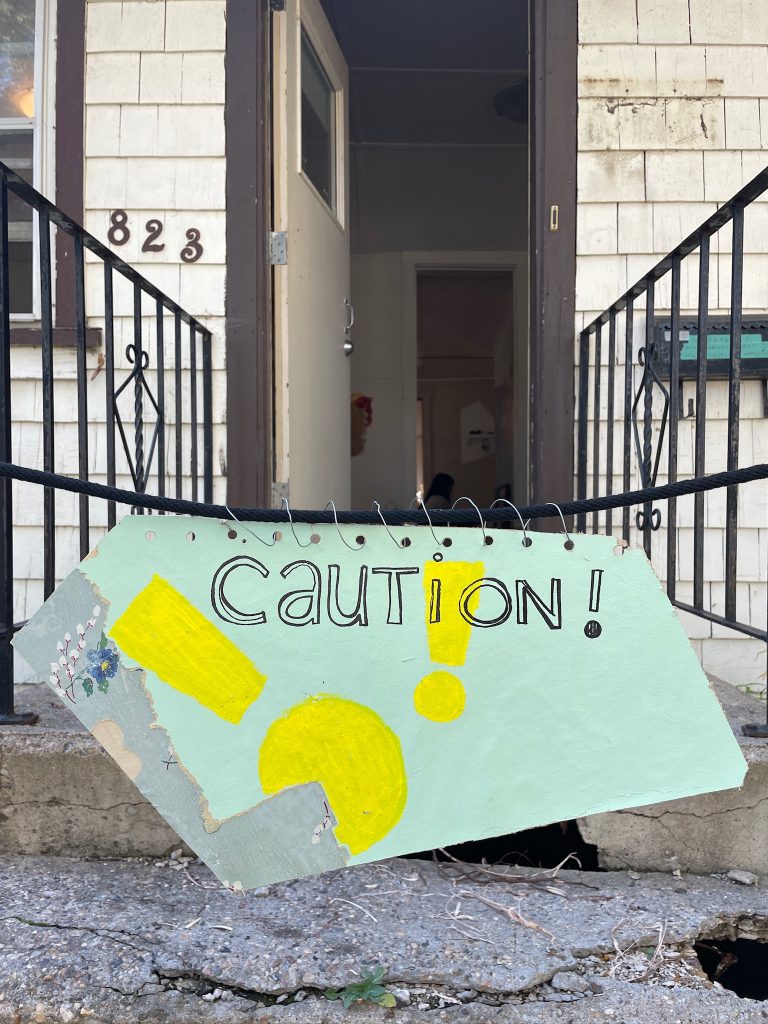
And what kind of earth is that?
What kind of pressure can this earth bear?
How does water flow through this earth?
Who lives in this earth?
What grows from it?
What has been disposed of in it?
Can it support its own weight?
If baked will it breathe? will it sing? How much sifting and mixing with what would be needed?
What kinds of things from the structure being taken down and transformed can stabilize and form this earth?
Can we use it to build?
Laura
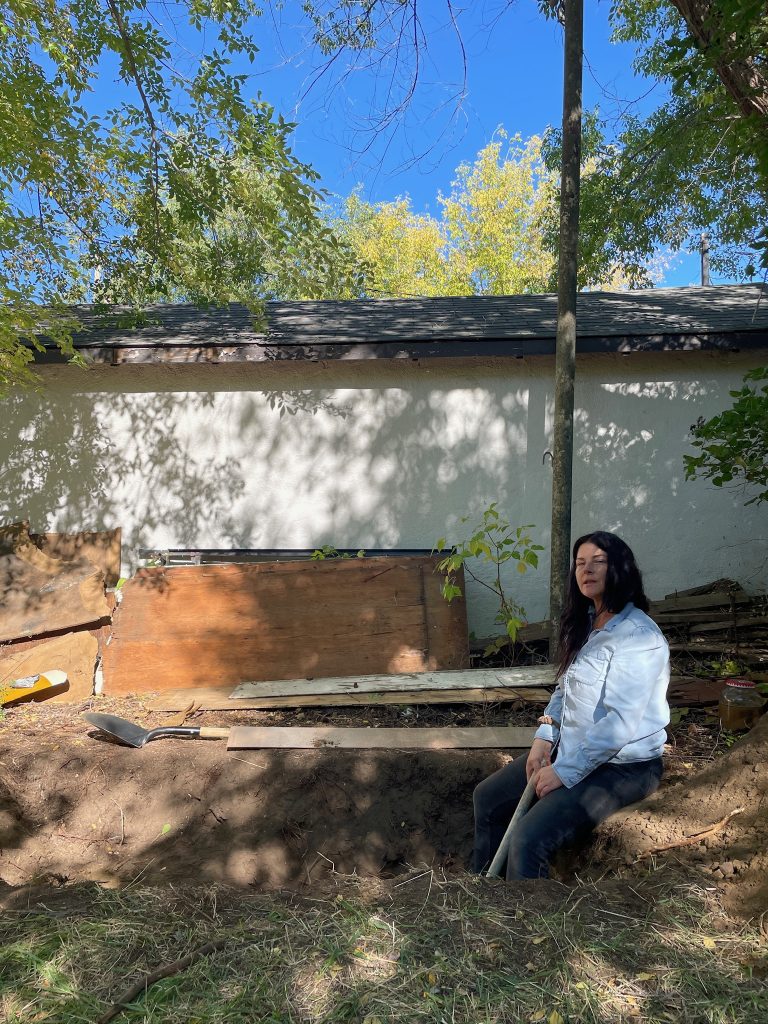
Well, I’ve been to Saskatoon – I was born here and slowly, I see more of Saskatchewan in the erasure along these lands. I’m so curious to know what is shifting?
I didn’t anticipate such a response after looking what was buried so deep down below. Pits are usually full of things dark.
Radical dialogue would broach whose land is it anyway? Would you give some back?
Now I have to walk away from this.
